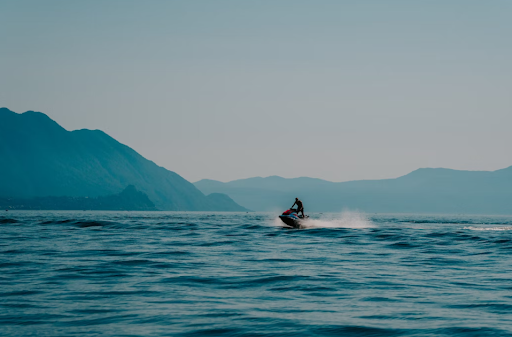A Sea-Doo is an investment, and keeping it protected from the elements is essential for maintaining its performance and longevity. A quality Sea-Doo cover shields your watercraft from sun, rain, dust, and debris, preventing damage to the hull, upholstery, and electronics.
Choosing the right cover, however, requires more than picking the first option you see. Considering material, fit, features, and usage ensures your Sea-Doo stays safe and ready for the water.
Selecting the Right Material
The material of your Sea-Doo cover determines its durability and protective capabilities. Polyester and nylon covers are common, offering lightweight, water-resistant protection that is ideal for short-term storage or transport. Heavy-duty marine-grade fabrics, such as Sunbrella, provide superior UV resistance, preventing fading and cracking from sun exposure.
Waterproof or water-resistant coatings are important if your Sea-Doo will be stored outdoors frequently, as they keep rainwater from seeping into the hull and causing mildew or corrosion. Choosing the right material ensures your watercraft is protected in any environment.
Ensuring Proper Fit
A Sea-Doo cover must fit snugly to offer effective protection. Covers that are too loose may flap in the wind, causing abrasion and exposing parts of the watercraft to the elements. Covers that are too tight may stretch or tear over time.
Many manufacturers offer custom-fit covers tailored to specific Sea-Doo models, ensuring complete coverage. Measuring your Sea-Doo accurately and selecting a cover designed for your model provides a secure fit that protects every inch of the watercraft.
Considering Indoor vs. Outdoor Storage
Where you store your Sea-Doo affects the type of cover you need. For indoor storage, a lightweight, breathable cover is sufficient to keep dust and debris off your watercraft while preventing moisture buildup.
For outdoor storage, choose a heavy-duty, weather-resistant cover that shields against sun, rain, snow, and wind. Outdoor seadoo covers often include reinforced seams and UV-resistant coatings to withstand harsh conditions. Matching the cover to your storage environment maximizes protection and extends the life of your Sea-Doo.
Checking for Ventilation and Breathability
Ventilation is critical to prevent mold, mildew, and moisture damage. Covers with mesh panels, vents, or breathable fabrics allow air to circulate while keeping water out. This feature is especially important in humid climates or if your Sea-Doo is stored outside for extended periods. Proper airflow under the cover prevents condensation, which can damage the engine, electronics, and upholstery over time.
Evaluating Security and Fastening Options
A good Sea-Doo cover should stay in place, even in windy conditions. Look for covers with elastic hems, straps, or buckles that secure the cover to the hull. Some models include lockable grommets for added security, especially if your Sea-Doo is stored in a shared or public area. Reliable fastening options protect your watercraft from both weather and potential theft, providing peace of mind when it’s not in use.
Considering Ease of Use and Storage
Ease of use is an important factor, particularly if you plan to cover and uncover your Sea-Doo frequently. Lightweight materials, flexible designs, and quick-release straps make installation and removal faster and more convenient. Some covers even come with storage bags for easy packing when not in use. A cover that’s easy to handle encourages regular use, ensuring consistent protection.
Choosing the right Sea-Doo cover is about balancing protection, fit, and convenience. By selecting durable materials, ensuring a proper fit, matching storage conditions, providing ventilation, securing the cover effectively, and considering ease of use, you safeguard your watercraft from damage.
A quality cover protects your investment, keeping your Sea-Doo ready for the water while extending its life and maintaining its performance.


